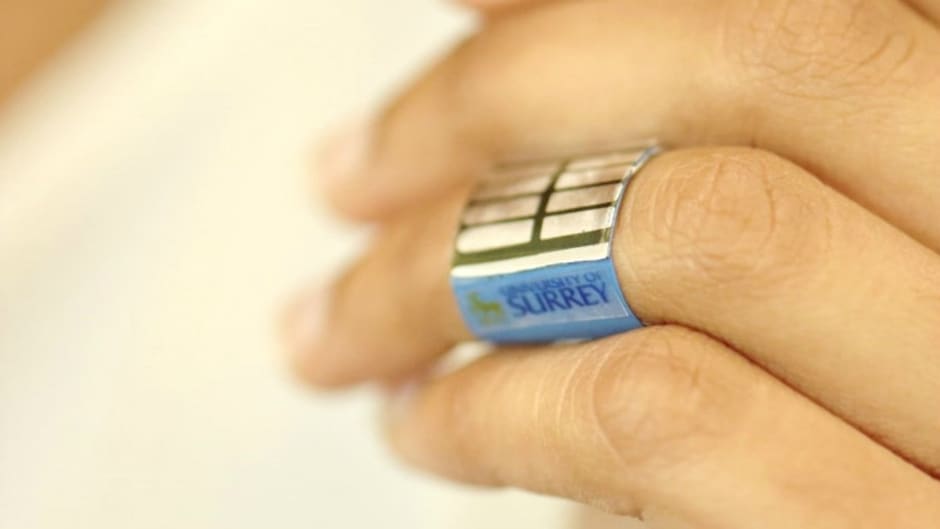Conformable x-ray detector overcomes limitations of current systems
X-ray detector technology developed at Surrey University’s Advanced Technology Institute is claimed to overcome limitations of current systems and can be built inexpensively.

In use, the new, conformable technology could be used in multiple applications including border control or medicine where detectors used for mammograms and dose measurements in radiotherapy are often rigid. This rigidity can cause errors in screening, or dose delivery to surrounding healthy tissue.
While flexible x-ray films such as those used in dentistry or chest x-rays bypass this issue, they are not able to achieve real-time imaging. Similarly, high-speed monitoring of people and vehicles over large geographical areas, which is important in border security, is impeded with the current technology.
In a study published in Nature Communications, the researchers from the Advanced Technology Institute (ATI) describe how they have developed an x-ray detector by embedding oxide nanoparticles in a bulk organic structure that allows for large area detectors to be produced inexpensively.
Register now to continue reading
Thanks for visiting The Engineer. You’ve now reached your monthly limit of news stories. Register for free to unlock unlimited access to all of our news coverage, as well as premium content including opinion, in-depth features and special reports.
Benefits of registering
-
In-depth insights and coverage of key emerging trends
-
Unrestricted access to special reports throughout the year
-
Daily technology news delivered straight to your inbox










Water Sector Talent Exodus Could Cripple The Sector
Maybe if things are essential for the running of a country and we want to pay a fair price we should be running these utilities on a not for profit...